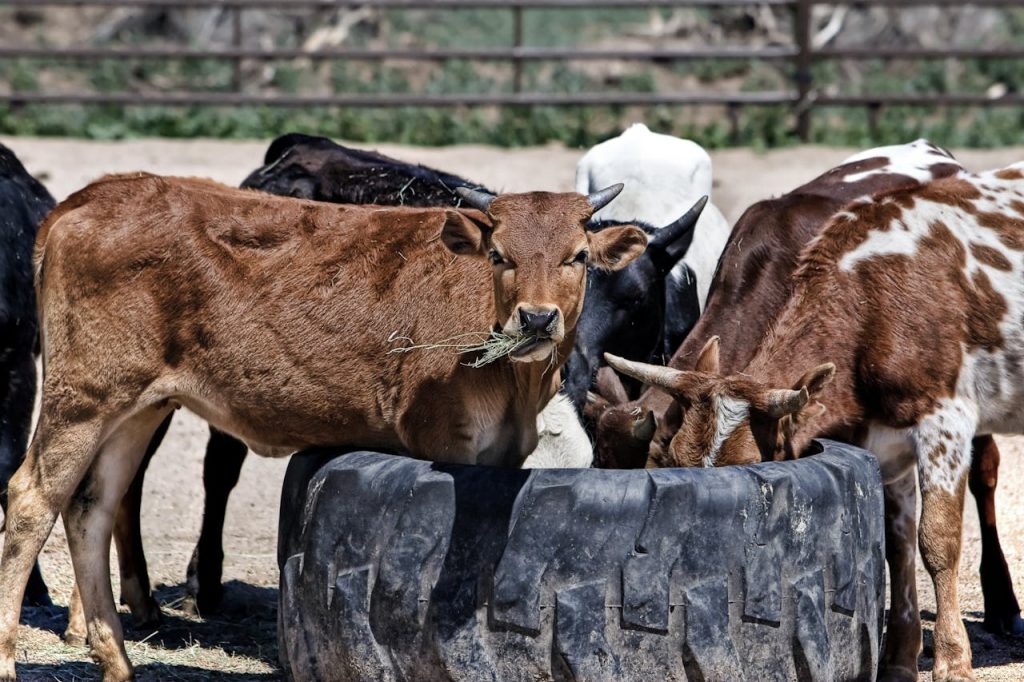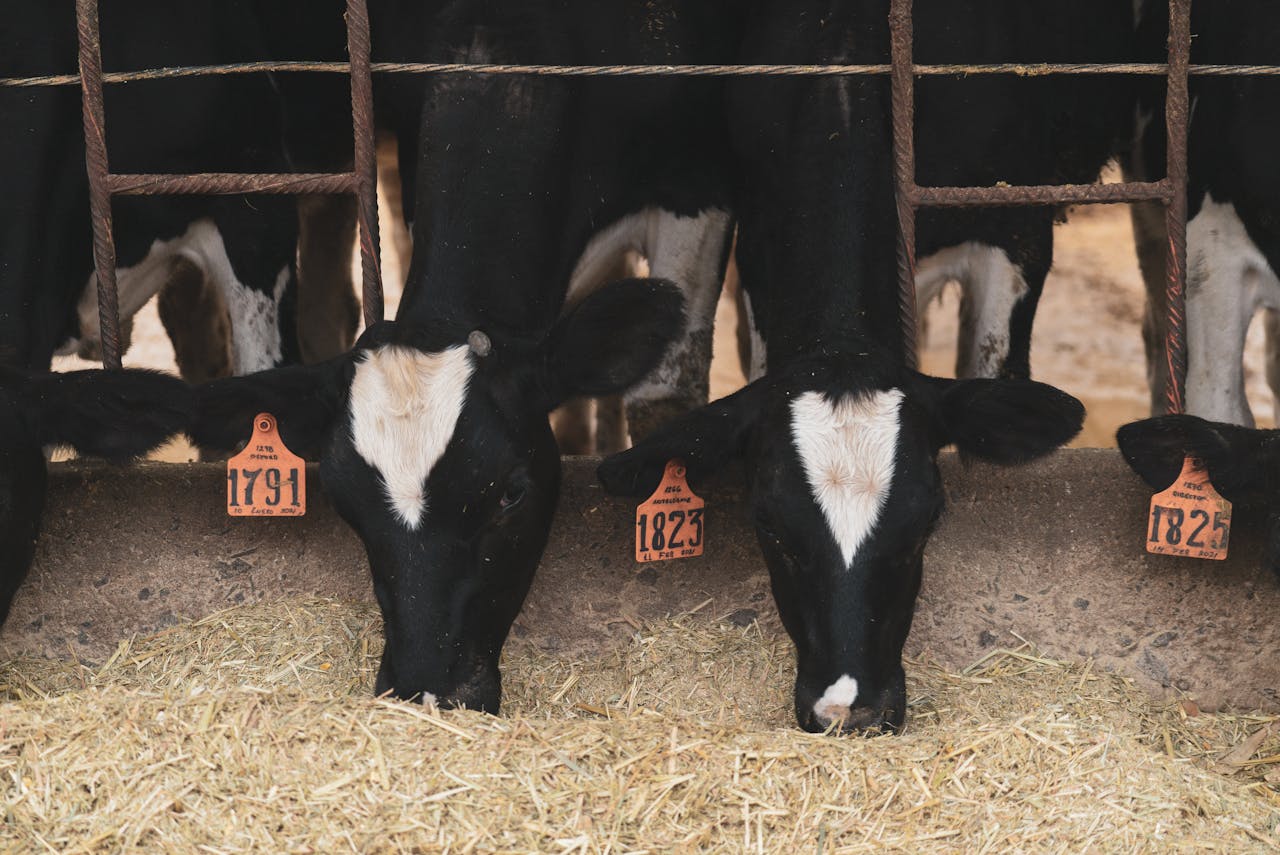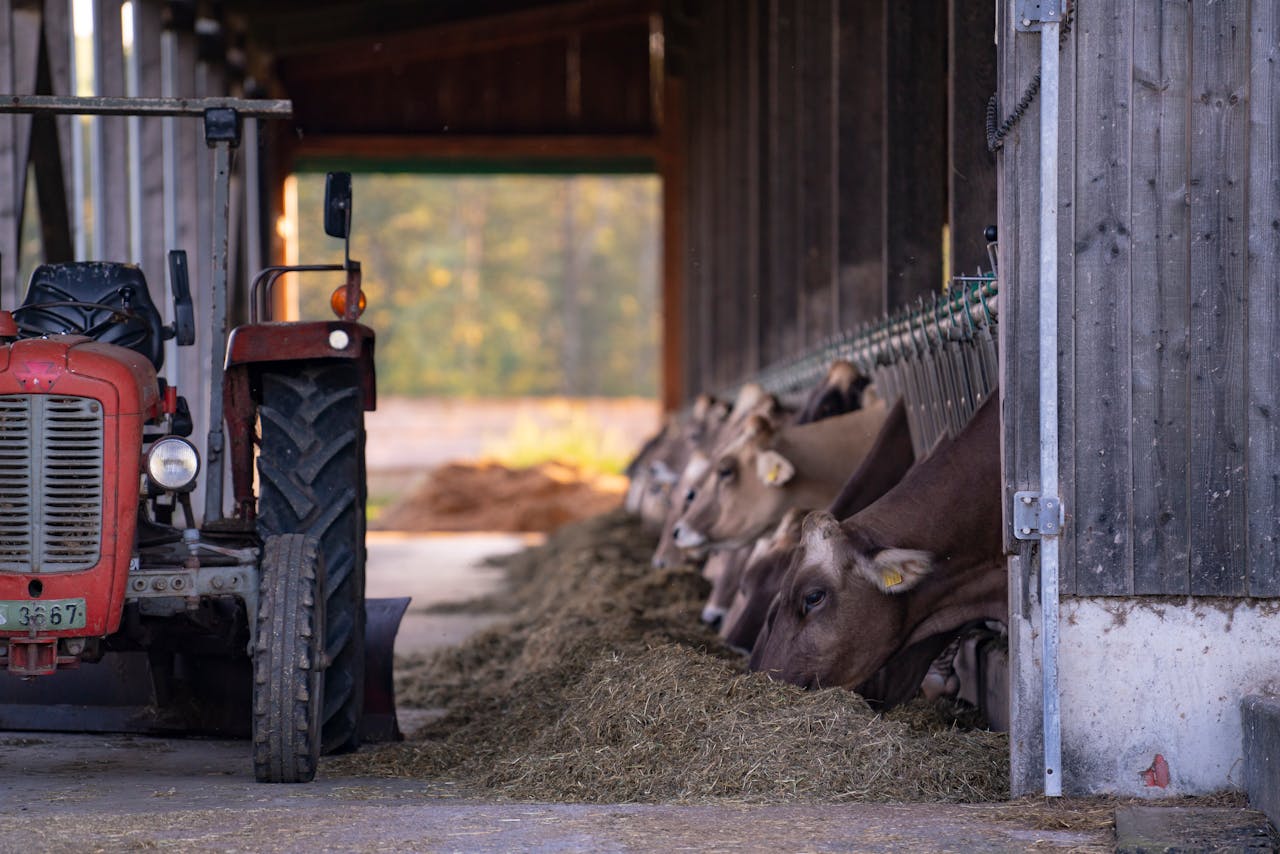As the world seeks innovative solutions to combat climate change, carbon credits have emerged as a powerful incentive for businesses and farmers to adopt sustainable practices. Among the various greenhouse gases, methane (CH₄) is a prime target for reduction, as it is 25 times more potent than carbon dioxide (CO₂) in trapping heat over a 100-year period. One of the most effective ways to earn carbon credits is by limiting methane emissions, particularly in agriculture and livestock farming.
Understanding Carbon Credits
A carbon credit represents one metric ton of CO₂ (or its equivalent in other greenhouse gases) that is prevented or removed from the atmosphere. Organizations and governments purchase these credits to offset their emissions, supporting projects that reduce greenhouse gases. By restricting methane emissions, farmers and agribusinesses can generate and sell carbon credits, creating an additional revenue stream while contributing to environmental sustainability.
How Methane Reduction Generates Carbon Credits
1. Sustainable Livestock Management
Livestock, particularly cows, sheep, and goats, produce methane through enteric fermentation (a digestive process in ruminant animals). Farmers can reduce methane emissions and earn carbon credits by:
✅ Using methane-reducing feed supplements like AmritFeed, which improve digestion and lower emissions.
✅ Adopting selective breeding for low-methane-producing animals.
✅ Implementing efficient manure management systems to minimize methane release.
2. Biogas Production from Manure
Livestock manure emits methane when stored in lagoons or pits. Instead of allowing this methane to escape, farmers can install anaerobic digesters to convert manure into biogas, which can be used for energy production. This method not only prevents methane from entering the atmosphere but also provides renewable energy, making it eligible for carbon credits.
3. Sustainable Rice Farming
Rice paddies are a significant source of methane emissions due to the anaerobic conditions in flooded fields. Farmers can adopt:
✅ Alternate wetting and drying (AWD) irrigation, which reduces methane emissions while maintaining crop yields.
✅ Using organic soil amendments to improve soil health and reduce methane production.
4. Waste Management and Landfill Gas Capture
Methane is a major byproduct of organic waste decomposition in landfills. Businesses can implement methane capture technologies that prevent its release and convert it into usable energy, qualifying for carbon credits.
The Economic Benefits of Carbon Credits for Farmers
- Additional Revenue Stream: Farmers who reduce methane emissions can sell carbon credits to companies looking to offset their emissions, providing a new income source.
- Cost Savings: Sustainable practices often lead to better efficiency, improved animal health, and reduced feed costs.
- Market Competitiveness: Businesses that engage in carbon credit programs gain a competitive edge, attracting investors and customers who prioritize sustainability.
How to Participate in a Carbon Credit Program
- Measure and Verify Methane Reductions – Work with certified agencies to track emissions and document reductions.
- Register with Carbon Credit Markets – Platforms like Verra, Gold Standard, and Climate Action Reserve facilitate carbon credit trading.
- Sell Carbon Credits – Once verified, farmers and businesses can sell credits to buyers looking to offset their emissions.
Conclusion
Reducing methane emissions is not just an environmental necessity but also a financial opportunity. By adopting sustainable livestock feed solutions like AmritFeed, investing in biogas systems, and improving waste management, farmers and agribusinesses can generate carbon credits, earn revenue, and contribute to a greener planet. Carbon credits bridge the gap between economic growth and sustainability, making methane reduction a win-win strategy for both farmers and the environment. 🌍💰


